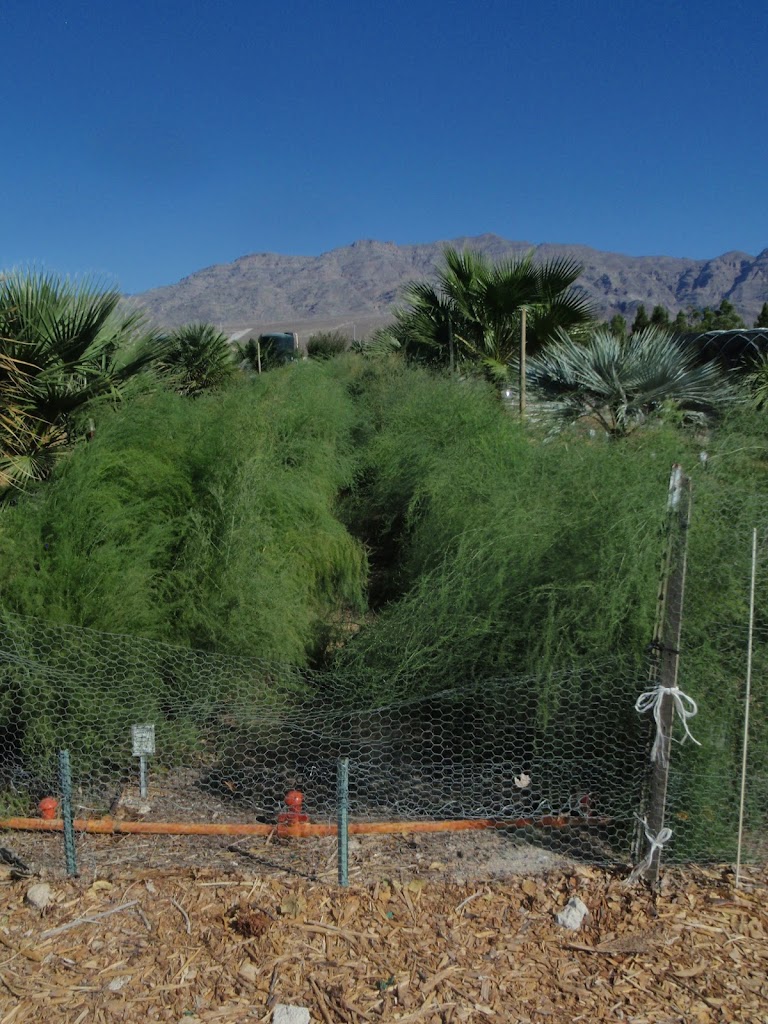Cutting the Roots of Asparagus for Planting Among Fruit Trees
Q. I see online some people cut the roots of asparagus before planting. I did this last year. Is it a good idea? I was thinking of planting asparagus at the base of fruit trees. It makes them easier to plant, but are there consequences? Asparagus can get 5 feet tall or taller after harvest. A. Your question is about cutting the roots of asparagus and what consequences might occur. I must guess since I don’t have much experience with that. They are both deep-rooted, so I don’t think there is a problem with irrigation and spear production provided the roots are covered with clean (no rocks) soil when replanted. It’s best to use clean soil directly above the roots. Rocky soil covering the roots may lead to the growth of “crooked spears”. The crown of asparagus will have to grow some new roots for storage. There is one major problem. It has to do with interference between the fruit tree and the asparagus. After the asparagus has been harvested, the shoots are allowed to “fern” up so they can gather energy for next year’s production and the roots can grow. These ferns can be 5 to 6 feet tall when they finish growing. I could see how these might grow up into the branches of the fruit trees. Ferns can be cut without any problems. Cutting the ferns will interfere slightly with the number spears you collect in the spring, but not much. Shade can be a problem when fruit trees are grown close together. This happens after about 4 to 6 years and it may be too dark for some plants. A minor problem (maybe??) is the amount of light available. As the fruit trees get larger, they will create more shade. The ferns will not collect as much sunlight in this location. Regarding the asparagus crowns competing with the fruit tree for “root space”, it’s true but not a huge problem if you don’t put too many crowns at the base of the tree and plant them where they will get light in the future. I think you are fine with 3 to 4 crowns planted there about 18 inches or so apart.
Cutting the Roots of Asparagus for Planting Among Fruit Trees Read More »
